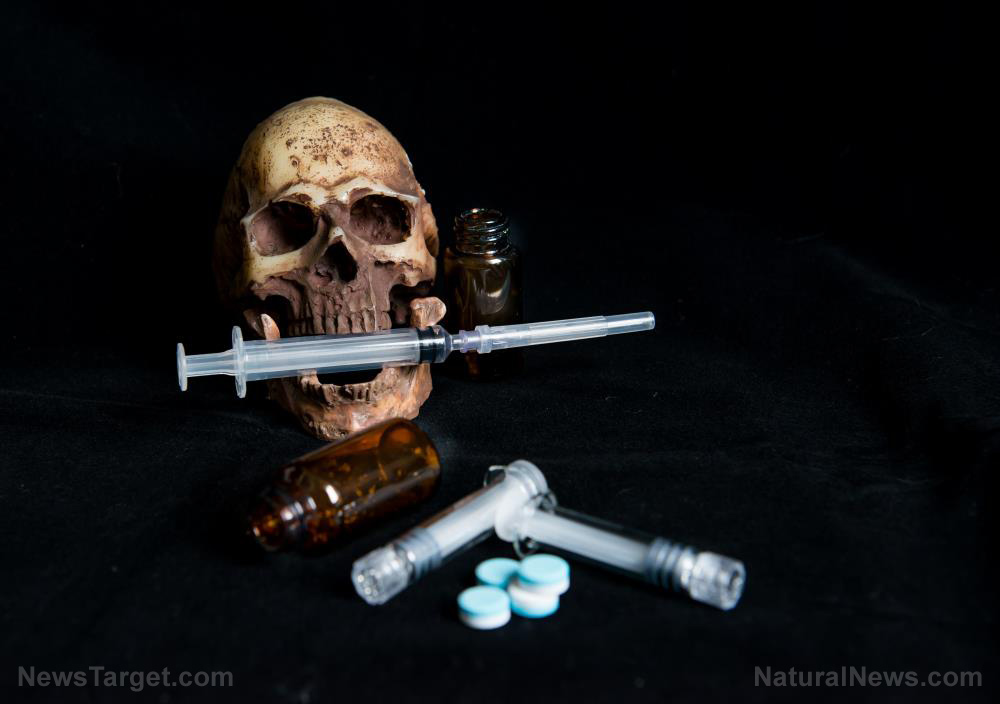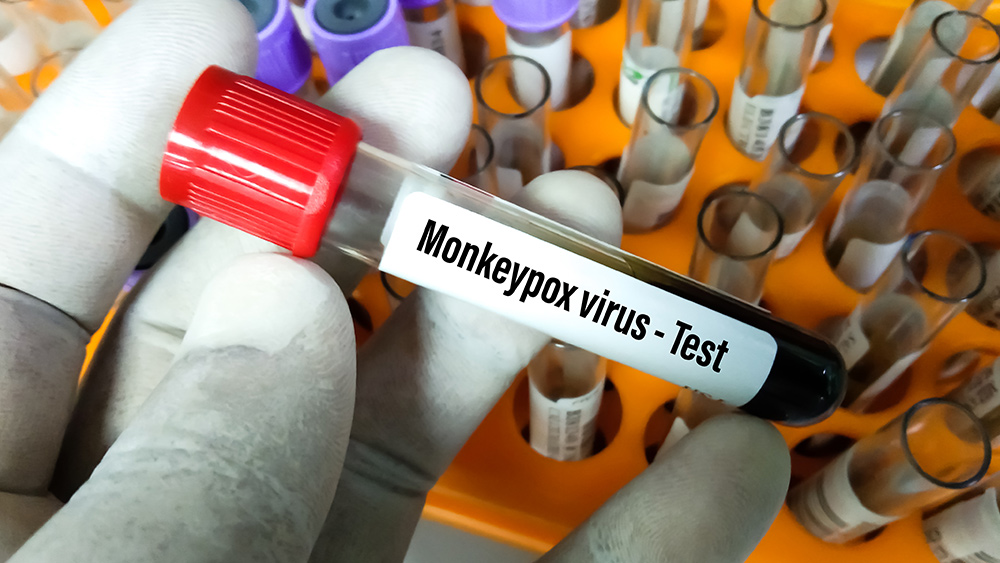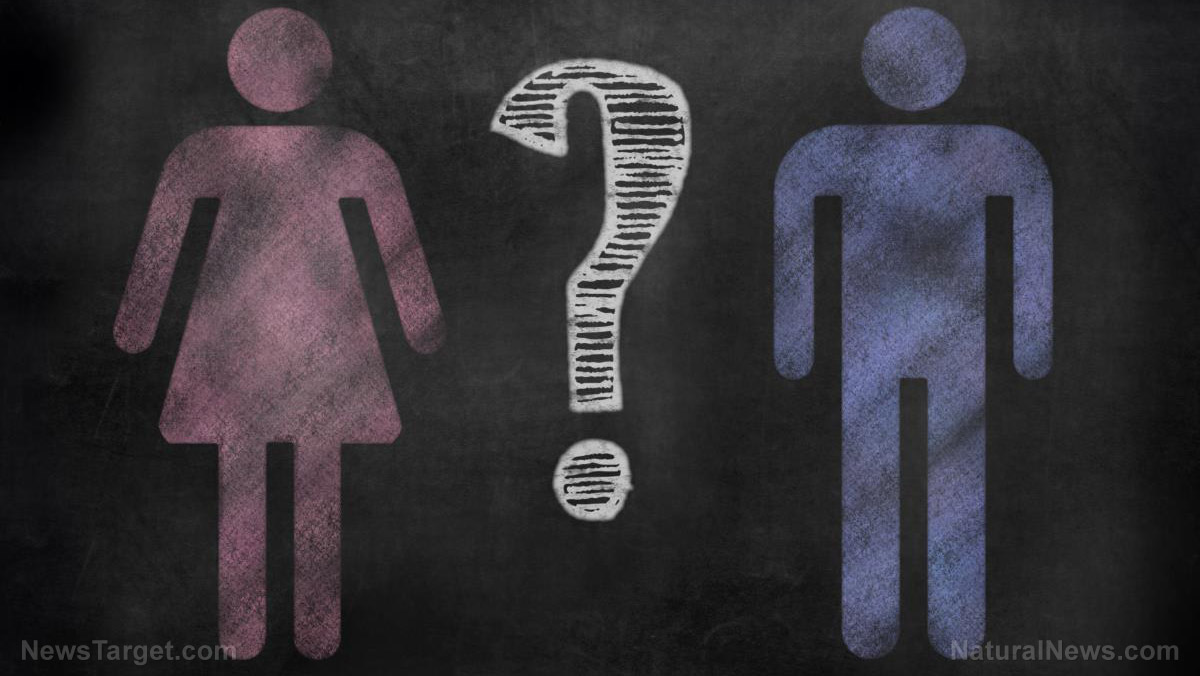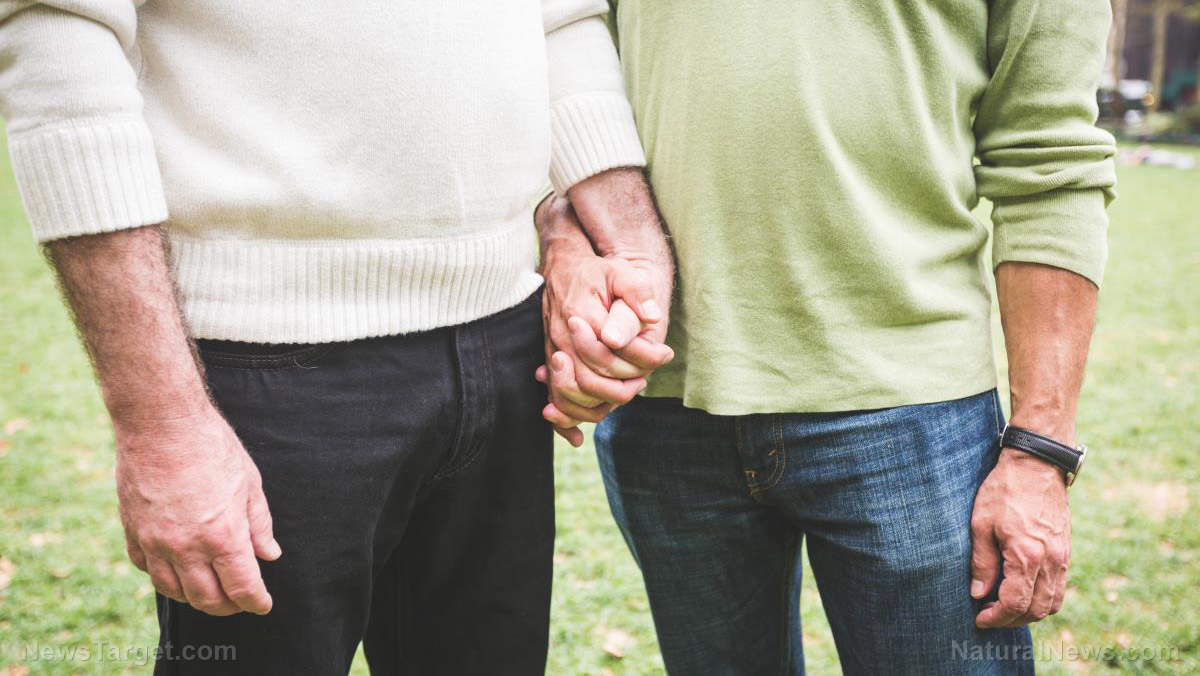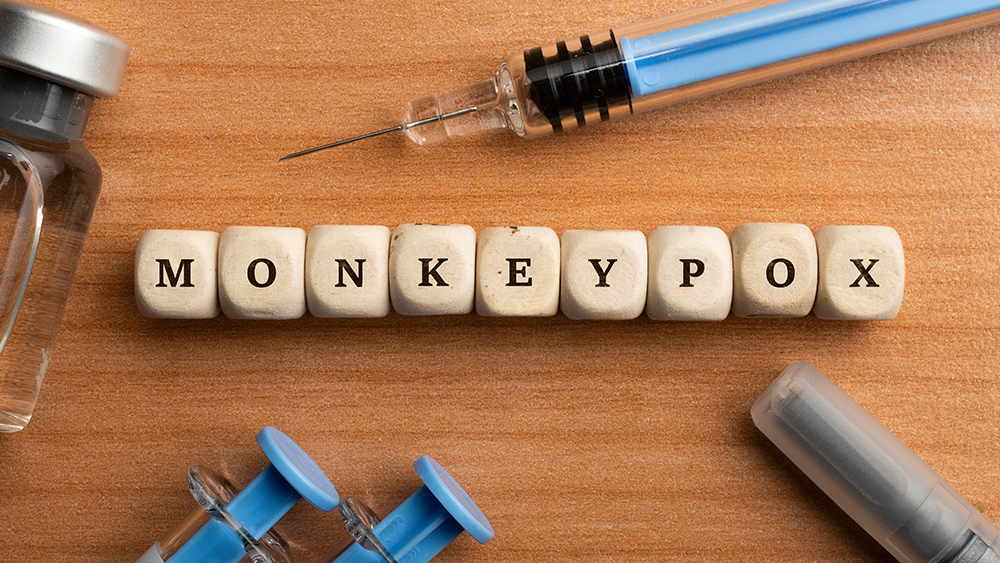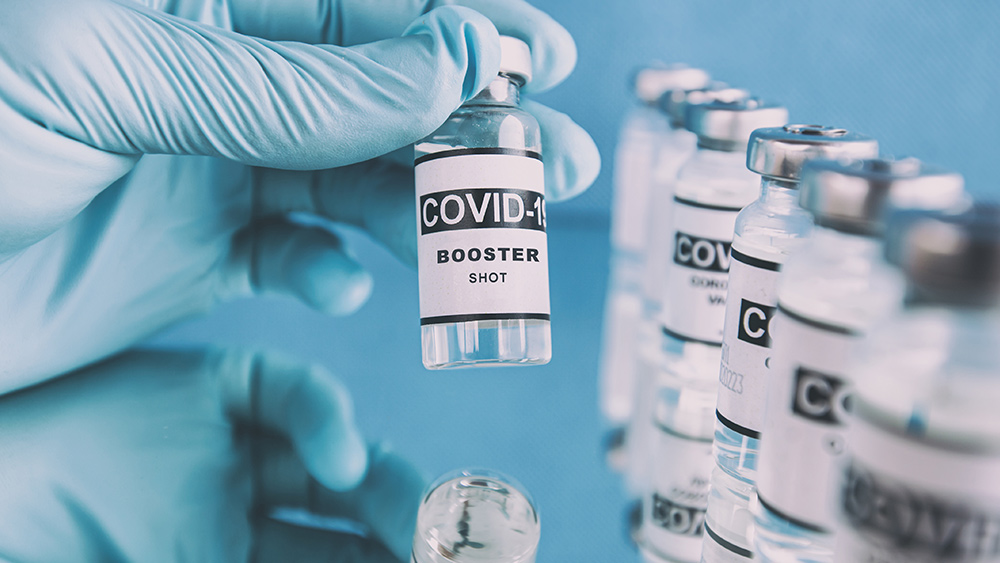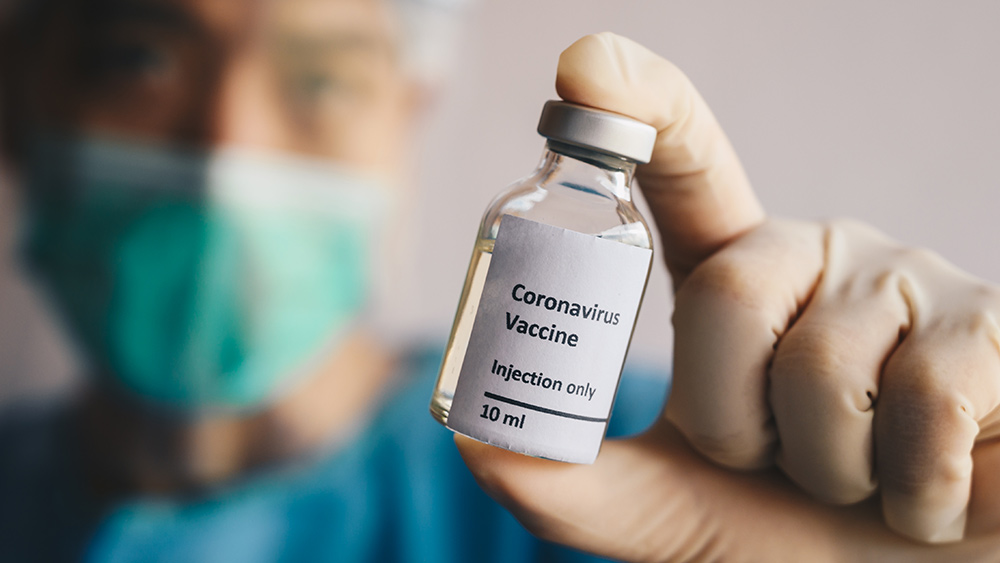Blood clots: Everything you need to know (and ways to prevent them)
10/14/2019 / By Grace Olson
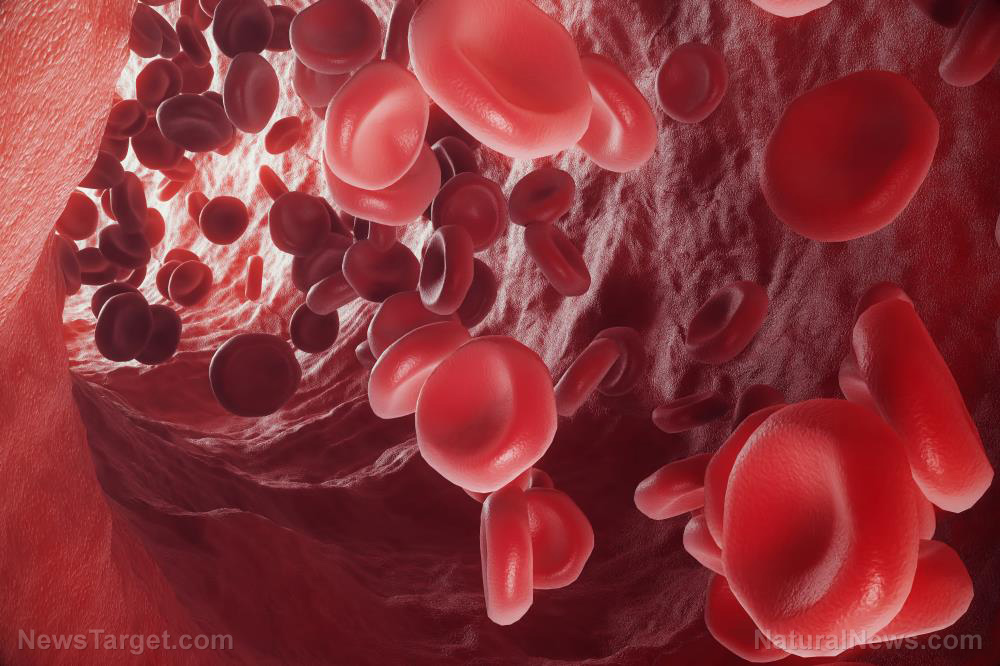
Blood clots can have serious medical implications. If not treated properly, they can travel to other parts of the body and cause dangerous incidents, such as a stroke or a heart attack.
According to the National Blood Clot Alliance, an average of 274 people die every day from blood clots. They can be prevented when equipped with the proper understanding and knowledge. Learn more about them below.
What are blood clots?
A blood clot occurs when platelets and fibrin in the blood congeal in order to stop a bleeding or repair a damage. If it forms in the right place, such as a wound or broken tissue, a blood clot performs a function crucial to the body’s survival.
The exact opposite happens when they form in the wrong places. For instance, if a blood clot appears inside an artery or a vein, it restricts the passage of blood. Instead of helping, it becomes an obstacle for the body and increases health risks.
Two factors contribute to blood clots:
- Immobility. Blood clots in the vein occur when blood becomes stagnant. This happens when a person remains immobile for a long time, and the muscles do not contract to push the blood back to the heart. This formed clot can gradually grow bigger, resulting in either a partially or completely blocked blood flow.
- Genetic errors. A genetic or inborn problem in the blood’s clotting mechanism makes some individuals more likely to form clots.
Negative effects of blood clots
When a blood clot forms in the artery or vein, it is possible for it to break loose. Blood clots that formed in the legs, arms, or groins can potentially travel to other parts of the body. When the blood clot is lodged in that organ, it prevents the supply of nutrients delivered by the blood.

Below are some of the symptoms and health risks of blood clots.
Extremities (legs and arms)
- Deep vein thrombosis (DVT) is a condition wherein blood clots form in the veins of the legs. Its symptoms include swelling, pain, redness, and warmth.
- Symptoms of a blood clot in a limb’s arteries include pain, numbness, pale color, and coolness to the touch.
Lungs
- If DVT breaks loose from the leg’s veins and reaches the lungs, it may lead to pulmonary embolism. The blood clot lodges itself in a pulmonary artery, causing the lungs to stop functioning. The tissues in the affected area die, and oxygen levels decrease in alarming levels. This is a life-threatening condition.
Heart
- A blood clot lodged in the coronary arteries of the heart can lead to a heart attack. The blockage prevents blood supply to the vital organ.
- Stroke occurs when a blood clot reaches the arteries of the brain.
How do you prevent blood clots?
The symptoms of blood clots are not always visible. Some clots form over time, and it is only treated when the condition has become worse. Prevention is key to avoiding the health risks associated with blood clots. Some ways to prevent them include:
- Knowing their risk factors. This increases the chances of spotting a blood clot earlier. A recent hospitalization, major surgery, and cancer treatments contribute to an increased risk of developing them. Other factors include age (55 years and older) and habits, such as smoking.
- Moving around more. Immobility is a leading cause of blood clots. Prevent them by not staying in one position for a long time. This includes stretching and standing up every so often after a long ride or at your work desk.
- Leading a healthy lifestyle. Regular exercise and a clean, proper diet help the body function optimally. They also aid in maintaining a healthy weight and achieving work-life balance.
There are many health conditions that can be prevented if a person is aware of the risks and spot the symptoms earlier. Find out more at Prevention.news.
Sources include:
Submit a correction >>
Tagged Under:
arteries, Blood clots, blood supply, brain health, coagulated blood, congealed blood, deep vein thrombosis, disease, heart attack, heart disease, heart health, immobility, lung disease, Lungs, prevention, pulmonary embolism, stroke, vein
This article may contain statements that reflect the opinion of the author


